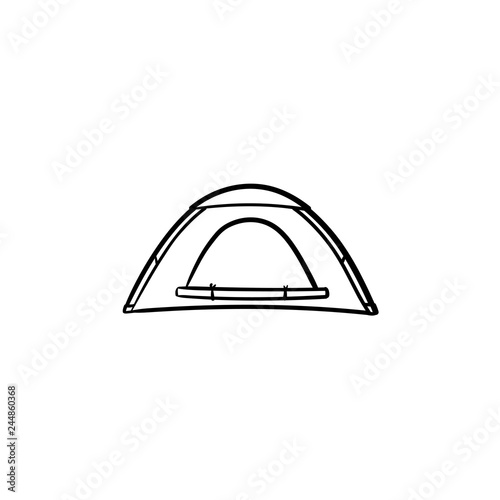Many backpackers pick interior structure loads for their sleek and form-fitting layout. Their shape helps maintain the weight closer to your body, enhancing stability on harsh tracks or off-trail clambering.
They additionally don't subject as much of the pack to the setting-- a plus if you plan on bushwhacking and require to avoid sharp branches that can snag equipment.
Weight Distribution
While interior structure packs are more prominent than exterior frame knapsacks for the majority of hikers, exterior frames continue to be a staple for long expeditions and hefty lots. They are designed to disperse the weight of your equipment across your shoulders, back, and hips for maximum comfort.
They have big gaps between the pack bag and the structure for ventilation which enables air to move over your back while hiking. They are good for heat walks and for walkers who intend to decrease sweating versus their backs.
On the disadvantage, externals tend to rest farther away from your upper body so you'll have to lean onward extra while treking, which can be difficult on your spine and knees over extended journeys. The subjected frame additionally suggests that your knapsack may get caught on rocks, roots, or various other barriers as you rush along trails or duck under impact downs on seaside headlands. They also often tend to be extra expensive than interior frame packs.
Air flow
Exterior framework backpacks rest farther away from your torso, which raises air flow and decreases sweat factor on your back. Inner frameworks, nonetheless, hug your body, which can lead to poor ventilation and a raised threat of warm stroke on hot days.
It's additionally essential to consider whether your layout criteria is based upon un-adapted people (initial getting in the room), or adapted ones (individuals that have been in the area for a long time). The ventilation compass prices might be various between these 2 circumstances.
Additionally, outside framework loads transfer load to your hips, which allows you to embrace an upright strolling posture and are optimal for route walking. They are not, nevertheless, great for clambering as a result of their top-heavy styles.
Adjustability
While it might seem as though internal structure packs have won the day in regards to pack selection and advancement, externals do offer some advantages. A huge draw is the capability to band equipment straight to the pack frame, using adaptability for differing the size of the lots and enhancing ease of access. Numerous outside frame packs likewise include a wide variety of smaller sized outer pockets to assist organize gear, with accessibility to the major area usually coming through the top of the packbag.
This allows the user to better control their tons weight, minimizing anxiety on the shoulders and neck. They likewise allow the user to keep the pack closer to the body, which boosts security on tough tracks and when scrambling off route.
Convenience
For those who have a narrower torso or hip dimension, the external framework style may feel extra tight than interior designs. This close fit decreases the amount of space for equipment and can make it hard to safeguard things safely without impacting access to the bag contents.
The good news is, this tighter fit is much less of a problem in contemporary interior frame packs thanks to the many flexible shock absorber readily available. Plus, the space between the structure and packbag allows air to distribute, reducing sweating.
This likewise makes the inner structure ideal for technical walkings that need security and agility when navigating tough tracks and off-trail clambering. While the option of exterior structure knapsacks has actually been decreasing over the years, they are still the best selection for many outdoor enthusiasts because of their toughness and ability. Nonetheless, for those who desire one of the most comfy hiking experience we recommend choosing an interior structure model that is sized properly to your upper body and hips.
